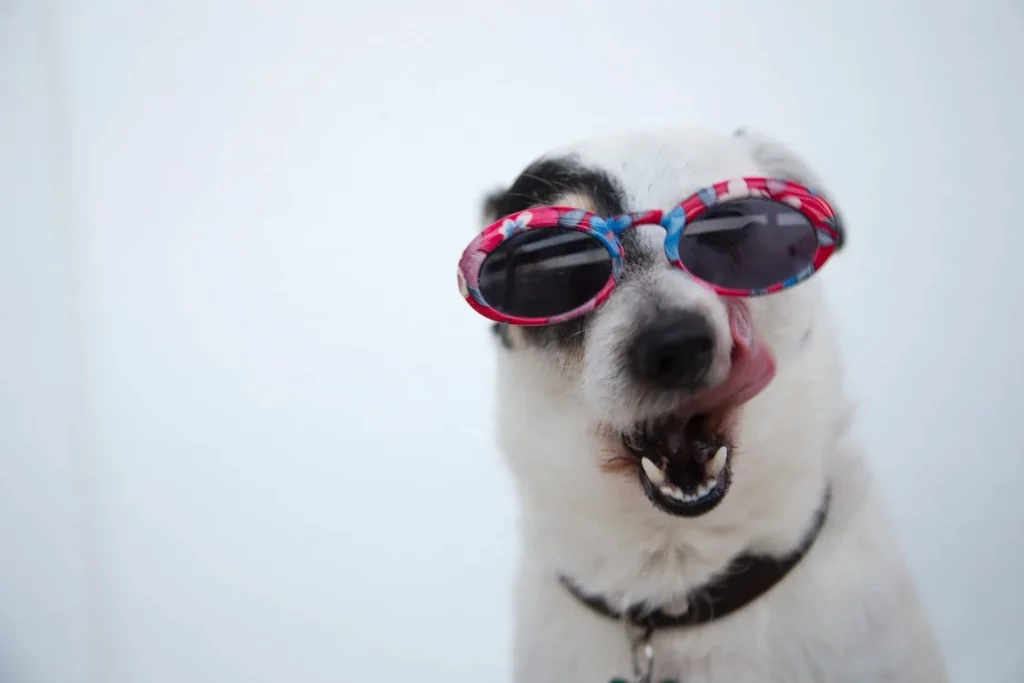10 Tips for Introducing a New Pet to Your Existing Pets


10 Tips for Introducing a New Pet to Your Existing Pets


Introduction
Introducing a new pet to your existing furry family members can be an exciting but challenging process. Whether you’re bringing home a new cat, dog, or another type of pet, it’s important to take the necessary steps to ensure a smooth transition and foster positive relationships between your pets. In this article, we’ll provide you with 10 helpful tips on how to introduce a new pet to your existing pets. By following these steps, you can create a harmonious and happy environment for all your beloved animals.
Table of Contents
- Assess Your Pets’ Personalities and Needs
- Prepare a Separate Space for the New Pet
- Exchange Scents
- Gradual Introduction through a Barrier
- Controlled Visual Introduction
- Supervised Face-to-Face Meetings
- Create Positive Associations
- Establish Separate Feeding Areas
- Provide Individual Attention and Affection
- Patience and Time
1. Assess Your Pets’ Personalities and Needs
Before bringing a new pet into your home, take the time to understand the personalities and needs of your existing pets. Consider factors such as age, breed, energy level, and any past experiences they may have had with other animals. This will help you choose a compatible companion and anticipate how your pets may react to a new addition.
2. Prepare a Separate Space for the New Pet
To ease the transition for your new pet, create a separate space for them. This could be a spare room, a designated area with a pet gate, or a comfortable crate. Include all the essentials they’ll need, such as a bed, litter box, food and water bowls, toys, and a scratching post. This space will provide them with a safe retreat and minimize potential conflicts during the introduction process.
3. Exchange Scents
Scent plays a vital role in helping pets become familiar with each other. To introduce scents before a face-to-face meeting, swap bedding or blankets between your existing pets and the new pet. This will allow them to become accustomed to each other’s scent, making the introduction less overwhelming and reducing the likelihood of aggression.
4. Gradual Introduction through a Barrier
Start the introduction process by allowing your pets to see and smell each other through a barrier. This could be a baby gate, a pet gate, or a slightly opened door. This gradual introduction helps them become familiar with each other’s presence without direct contact, reducing stress and potential conflicts. Monitor their behavior during this phase.
5. Controlled Visual Introduction
Once your pets have shown positive responses to the scent exchanges, it’s time for controlled visual introductions. Use a pet carrier or a leash to introduce them in a controlled environment. Allow them to see each other from a distance and observe their reactions. If they show curiosity and positive body language, reward them with treats and praise to create positive associations.
6. Supervised Face-to-Face Meetings
When your pets have shown positive responses during the controlled visual introductions, it’s time to move on to supervised face-to-face meetings. Keep your new pet on a leash or in a carrier during the initial interactions. Monitor their body language closely for any signs of aggression or discomfort. If any issues arise, separate them and try again later. Gradually increase the duration of these meetings as they become more comfortable.
7. Create Positive Associations
During the introduction process, it’s crucial to create positive associations between your pets. Reward calm and friendly behavior with treats, praise, and affection. Use clicker training or a verbal cue, such as “good” or “yes,” to mark and reinforce positive interactions. This will help build a foundation of trust and acceptance between them.
8. Establish Separate Feeding Areas
To avoid potential food-related conflicts, establish separate feeding areas for each pet. This ensures that they have their own space and reduces the likelihood of territorial behavior. Feed them in separate rooms or use pet gates to create a physical barrier between them during mealtimes.
9. Provide Individual Attention and Affection
During the introduction process, it’s essential to provide individual attention andaffection to each of your pets. This helps them feel secure and loved, reducing any feelings of jealousy or rivalry. Spend quality time with each pet separately, engaging in activities they enjoy, such as playtime, grooming sessions, or cuddling. This individual attention reinforces the bond between you and your pets and helps prevent any negative behaviors that may arise from feeling neglected.
10. Patience and Time
Introducing a new pet to your existing pets takes time and patience. Remember that every animal is unique, and the introduction process may vary in duration. Be prepared for setbacks and be patient with the progress. It’s important to go at a pace that is comfortable for all the animals involved. Rushing the process can lead to stress and potential conflicts. Give your pets the time they need to adjust and establish their own relationships with one another.
Conclusion
Introducing a new pet to your existing furry family members requires careful consideration and planning. By following these 10 detailed tips, you can create a smooth and positive transition for your pets. Remember to assess your pets’ personalities and needs, prepare a separate space for the new pet, exchange scents, introduce gradually through barriers and controlled visuals, progress to supervised face-to-face meetings, create positive associations, establish separate feeding areas, provide individual attention and affection, and most importantly, be patient and allow time for them to adjust. With love, patience, and a well-thought-out introduction process, you can foster a harmonious and happy environment for all your beloved pets.








